- Date
- Thursday, March 27, 2025
What do you get when it snows, rains, and the sun comes out in a winter that had multiple, long, dry spells?
The answer: prolonged, very scary avalanche conditions for most of western Canada! That’s been the story of this week, with many very large avalanches failing deep within the snowpack in a huge avalanche cycle that peaked on Wednesday.
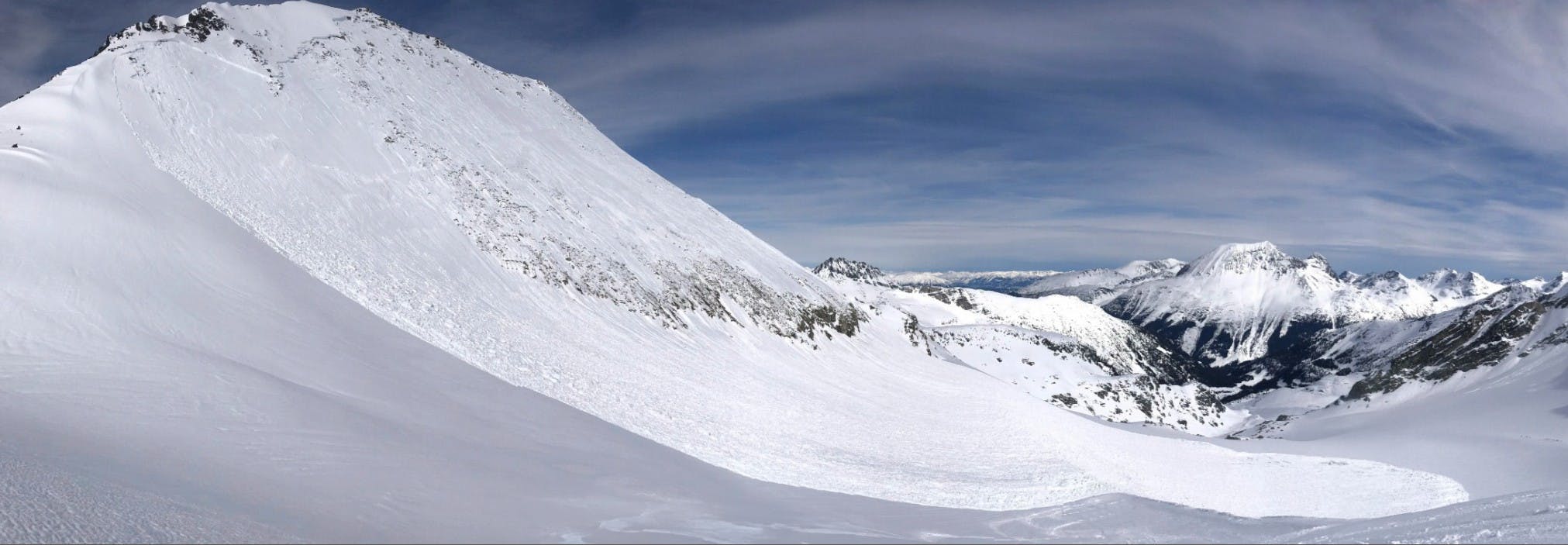
One of many recent very large persistent slab avalanches in the Sea to Sky region.
Uncertainty After the Warming
Now, we enter a period of uncertainty as we gingerly poke our heads out after watching the sky fall down. The buried weak layers that caused all the fuss are still there… Are they still a problem? Will a crust thicken above them that prevents triggering? Will it stay cloudy and stormy, preventing a thick crust? Is the new snow that is starting to fall going to continue overloading the buried weak layers?
The fine details will really matter when answering these questions—so now more than ever, tune into your local forecast before heading out to see if and when avalanche conditions will improve.
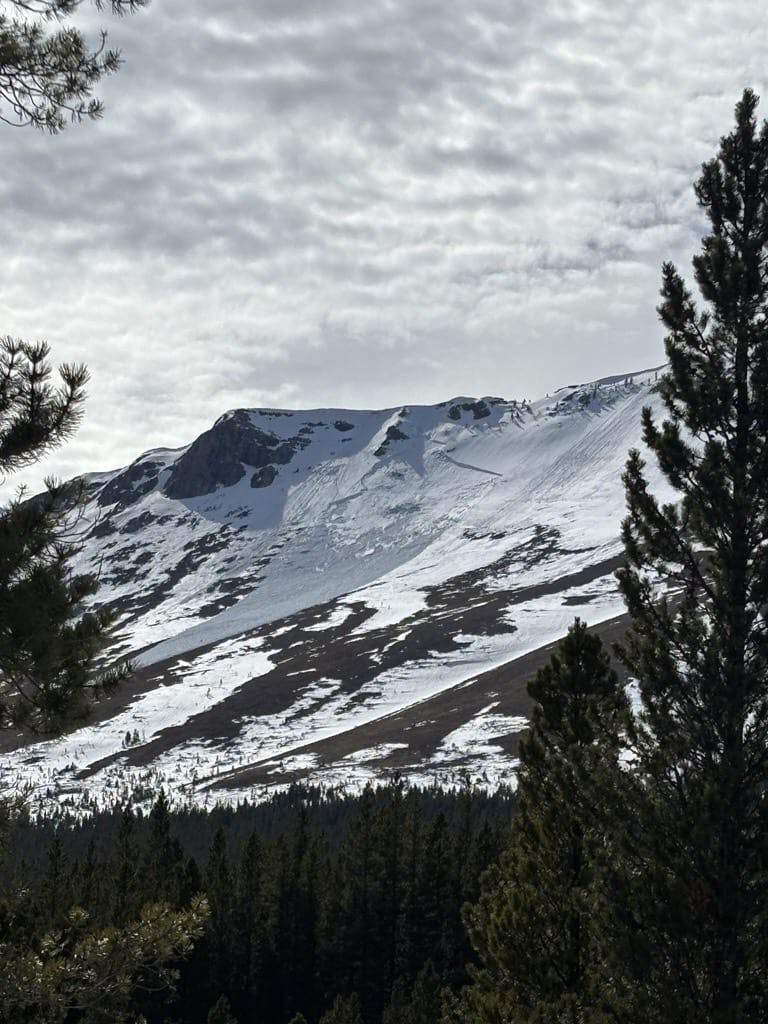
A large avalanche failing on a deep weak layer in the South Rockies. Credit: AvCan South Rockies Field Team MIN
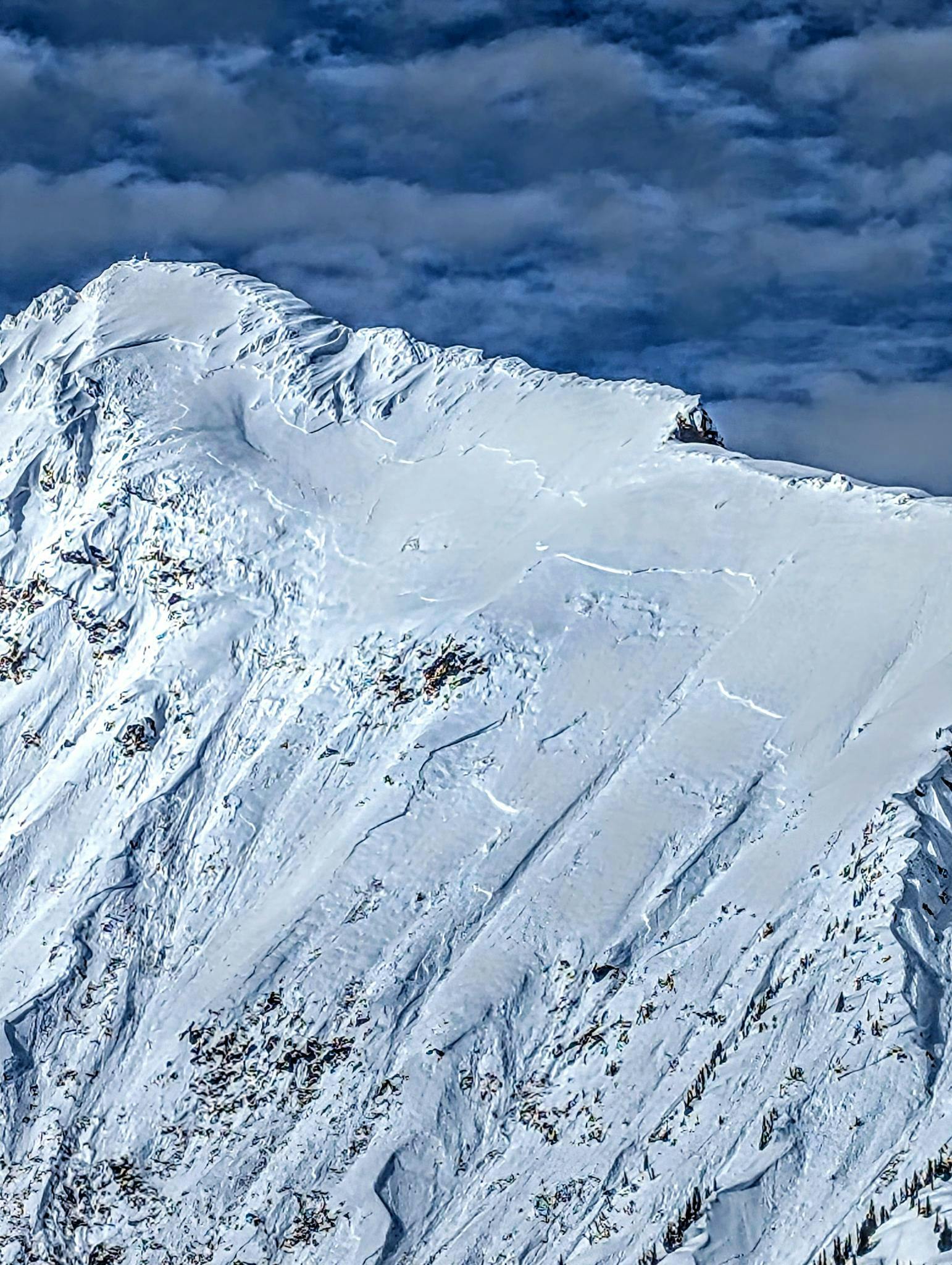
A very large avalanche north of Revelstoke stepped down to deeply buried weak layers in the snowpack and propagated widely.
Things to Think About
If you head into the mountains over the next few days, you’ll see some very large avalanches from this week. Take the opportunity to reflect on where you travel in the mountains and interact with avalanche terrain.
- Have you ever seen avalanches run this far? Did they wipe out your prime weenie roast or charcuterski spot?
- Could travelling 100 feet to the left or right have made a difference if you were there during the avalanche?
- Have you been in avalanche terrain without even knowing it?
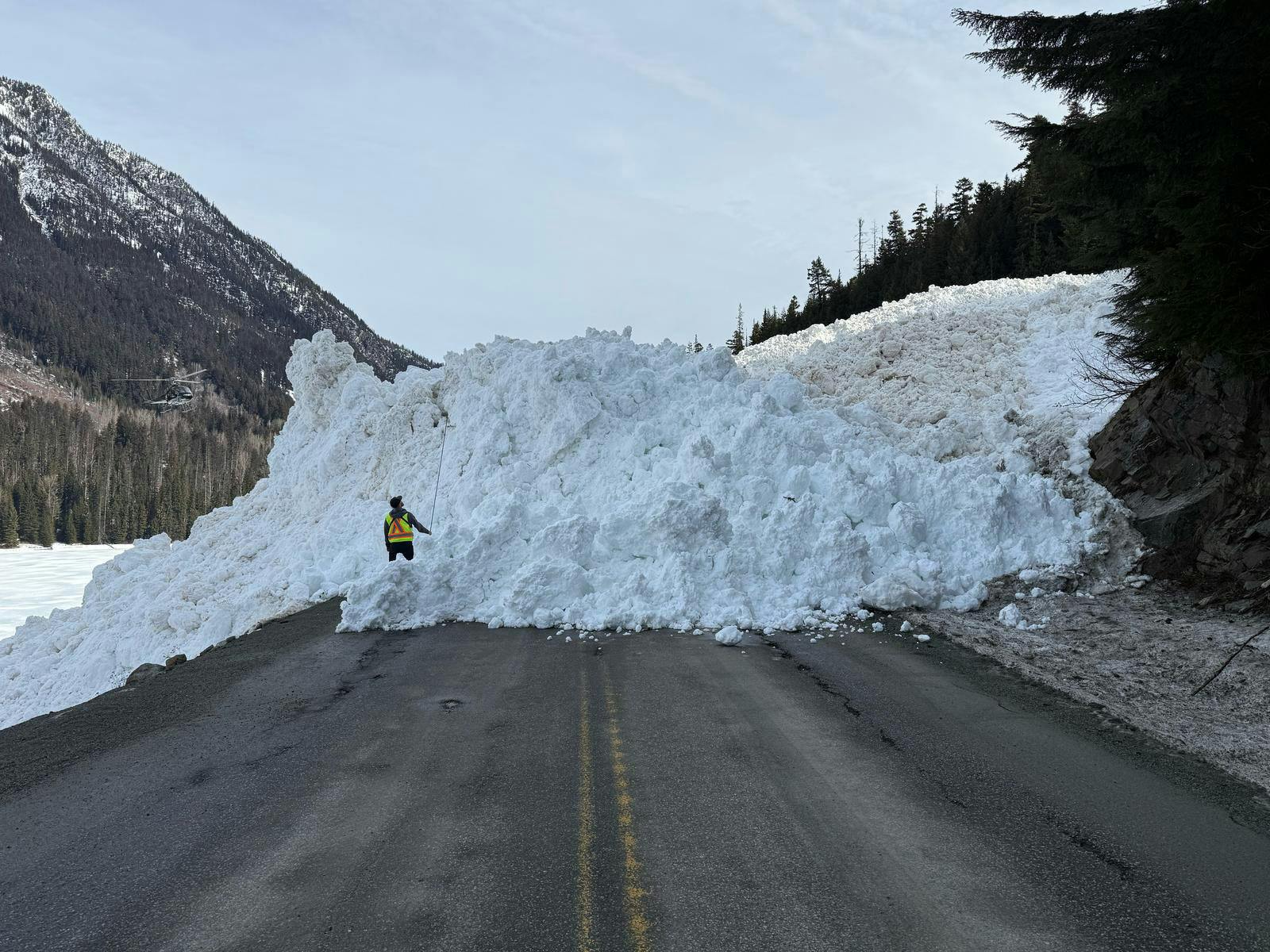
A large avalanche buried the Duffey Lake Road on Tuesday evening. Source: x.com
Now is a good time to pause and reflect on past decisions, so we can continue to improve our decision-making in this wicked learning environment. In the short term, there is a lot of uncertainty about how conditions will play out. So, focus on what you can control, which is the terrain you choose. Gather information and gain confidence in your local conditions on small slopes that are free from terrain traps, and the odds are in your favour.
Video of an avalanche hitting a lake in the Selkirks, shared on Instagram by @powder.cowboy. Warning: language.
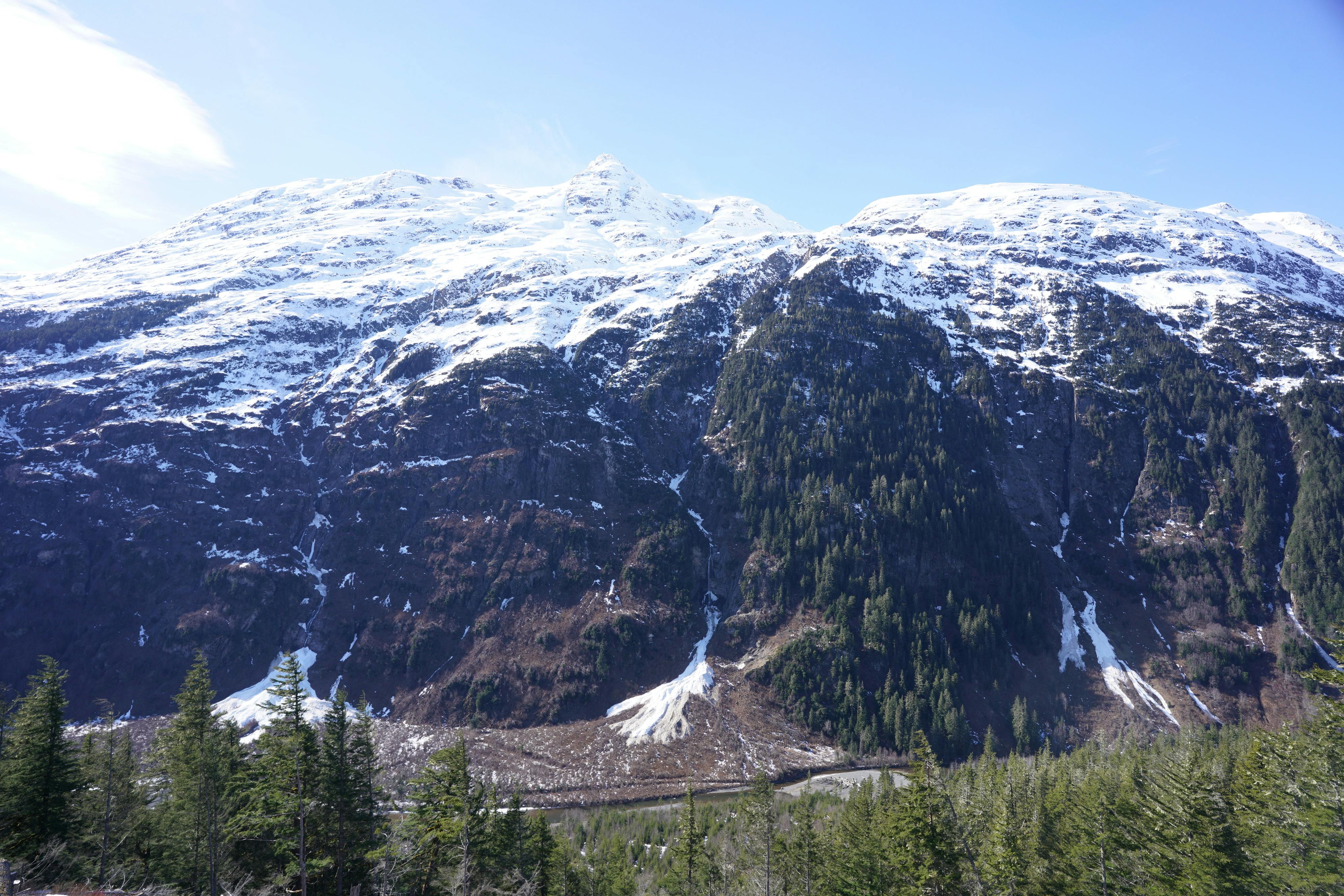
Avalanches were running far into the runout zones. This is a good reminder that just because there are spring conditions in the valley, overhead avalanche danger can still exist. Credit: BC-MoTT / Bear Pass-Stewart Avalanche program – Automated Avalanche Detection System
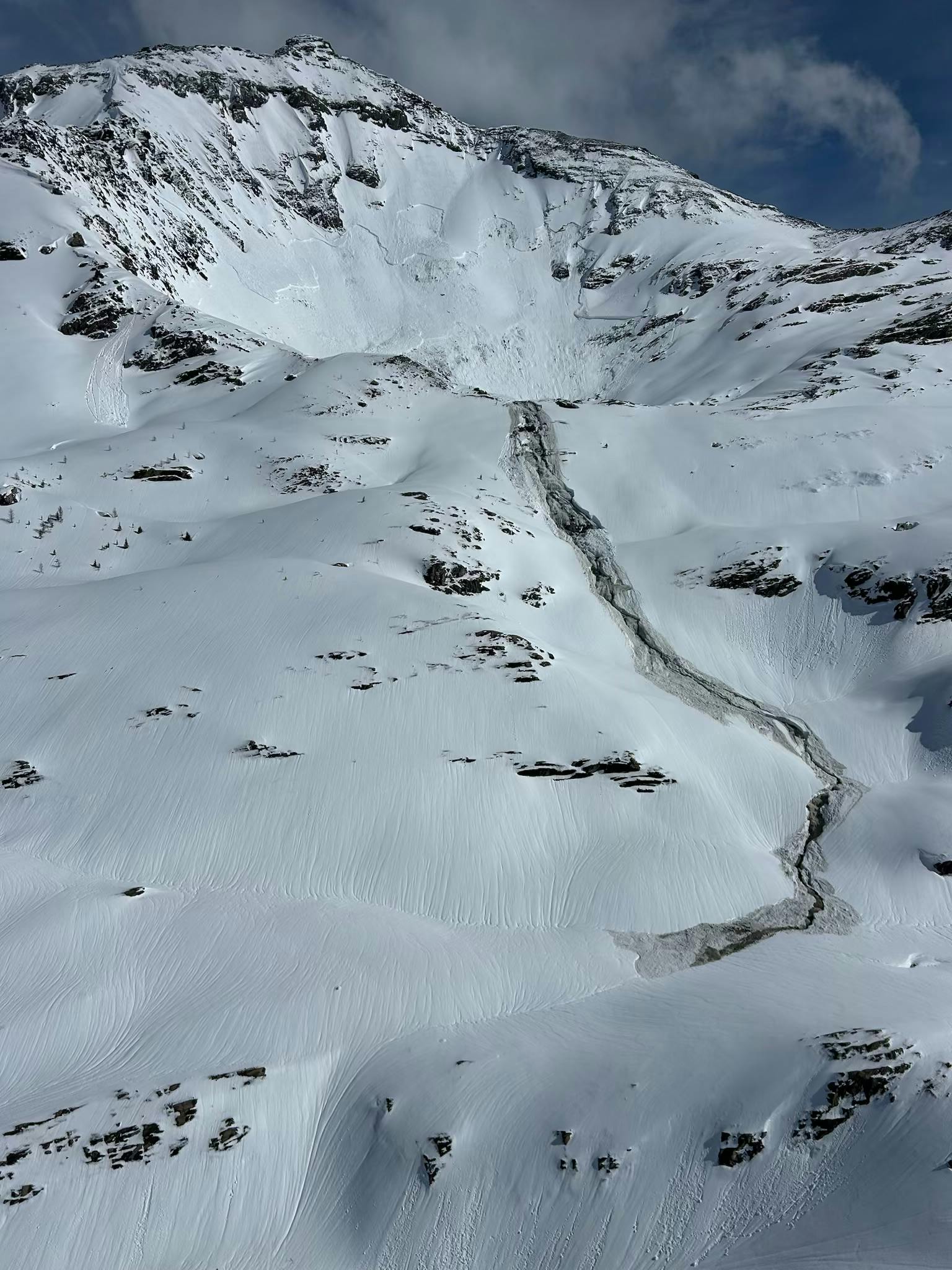
Another very large avalanche in the Purcells hit a lake and sent water flowing down the slope below.